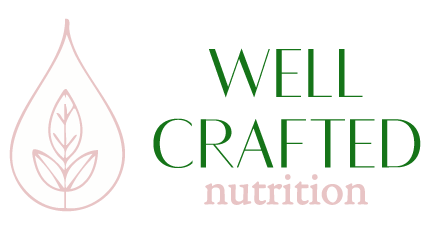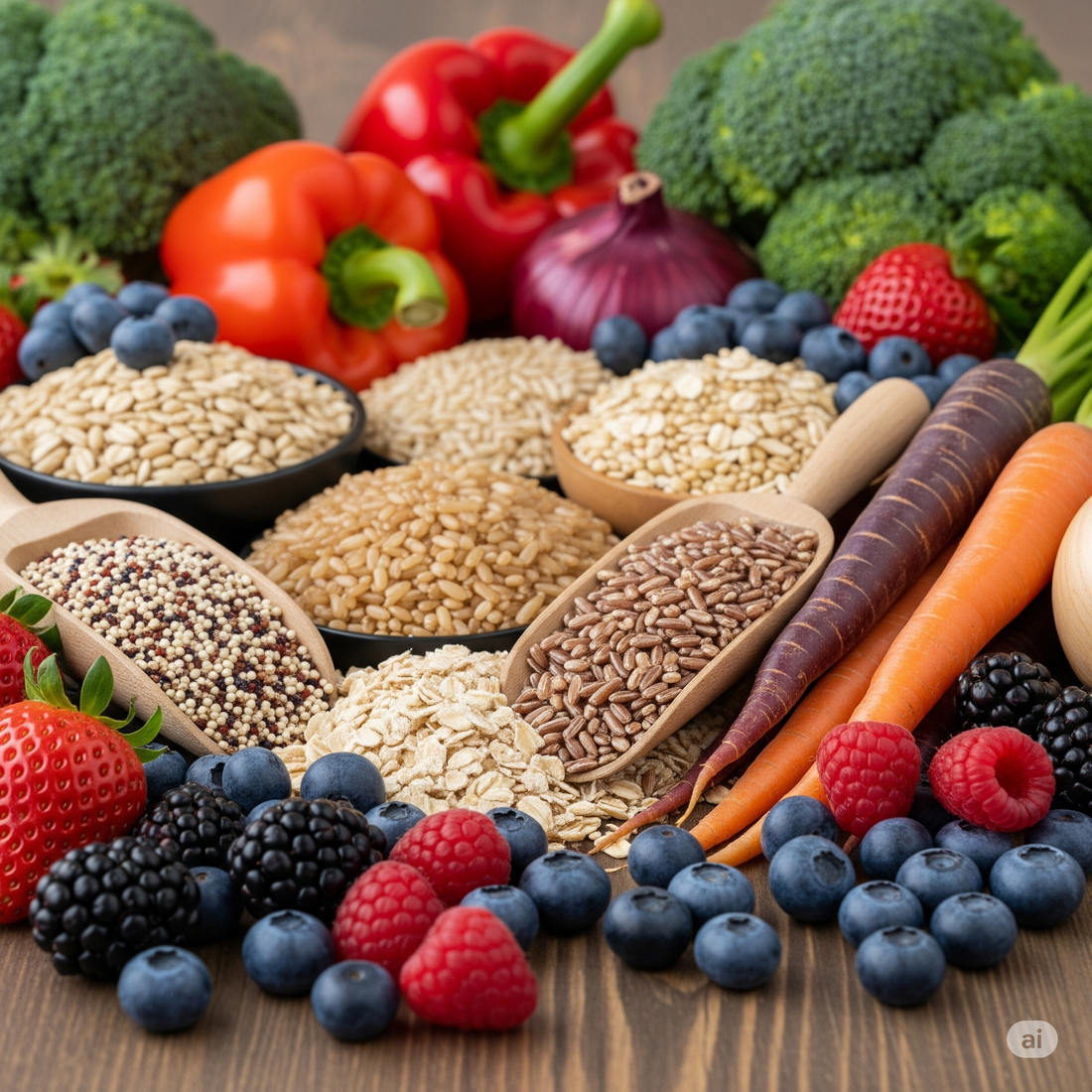Ever wonder why Popeye ate spinach but still needed a can opener for his muscles? The answer is bioavailability—a not-so-secret superpower that decides how much nutrition your body actually soaks up from what you eat. Let’s make sense of this science!
What Is Bioavailability? (And Why Should You Care?)
Imagine you’re at an all-you-can-eat buffet. Just because the food is there doesn’t mean you can fit it all on your plate, right? Bioavailability works the same way: it’s the percentage of a nutrient your body can actually absorb and use from your food. So, while your salad might be packed with iron, your body might only get a small bite of it.
Food Face-Off: Who’s Winning the Bioavailability Game?
- Animal Foods: Meat, fish, eggs, and dairy are the MVPs here. They serve up nutrients like iron, calcium, and vitamin B12 in forms your body loves to absorb.
-
Plant Foods: Veggies, grains, and beans are full of good stuff, but they come with a catch—tough cell walls and "antinutrients" like phytates and oxalates that can block your body from grabbing all those minerals.
Fun Fact: The iron in steak (heme iron) is up to 35% bioavailable, while the iron in spinach (non-heme iron) can be as low as 2%—talk about a plot twist for salad lovers!
How to Boost Your Nutrient Superpowers
Don’t worry, plant fans—there are ways to help your body win at the bioavailability game:
- Soak, Sprout, or Ferment: Give your beans, grains, and seeds a spa day. Soaking and fermenting can break down those pesky antinutrients and unlock more minerals.
- Cook Smart: Chopping, mincing, and cooking veggies (like leafy greens and onions) helps break down cell walls, making nutrients easier to absorb.
- Pair Up: Some nutrients are best friends. Vitamin C (hello, oranges!) helps your body absorb more iron from plants, so toss some citrus into your salad for a double win.
-
Mix It Up: Eat a variety of foods. Relying on just one source (like spinach for calcium) might leave you shortchanged, since only about 5% of spinach’s calcium makes it into your bones.
Quick Table: Bioavailability at a Glance
|
Nutrient |
Top Source (High Bioavailability |
Lower Source (Needs a Boost) |
Power- Up Tip |
|
Iron |
Red meat |
spinach |
Add Vitamin C (citrus, bell peppers) |
|
Calcum |
Dairy, kale |
spinach |
Choose low-oxalate greens, cook veggies |
|
Vitamin B12 |
Eggs, dairy, meat |
Not in plants |
Supplement if plant-based |
The Bottom Line
- It’s not just what you eat, but what your body can use that counts.
-
Animal foods usually have the edge, but smart prep can help plant foods compete.
-
Mix up your meals, prep your plants, and don’t be afraid to experiment in the kitchen.
Bioavailable nutrition isn’t about eating more—it’s about eating smarter. So next time you load up your plate, remember: your body’s got superhero powers, but even superheroes need a little help sometimes!
Eat smart, prepare thoughtfully, and remember: it’s not just what’s on your plate, but what gets into your body that counts.
Source:
https://www.brauer.com.au/health-library/nutrient-bioavailability-what-it-is-and-why-its-important/
https://www.canr.msu.edu/news/are_you_absorbing_the_nutrients_you_eat
https://pmc.ncbi.nlm.nih.gov/articles/PMC7393990/
https://nutrova.com/blogs/nutrition/bioavailability-of-nutrients-definition-importance
https://www.sciencedirect.com/topics/medicine-and-dentistry/nutrient-bioavailability
https://wholisticmatters.com/nutrient-bioavailability/
https://www.foodnerdinc.com/blogs/nutrition/what-is-bioavailability

